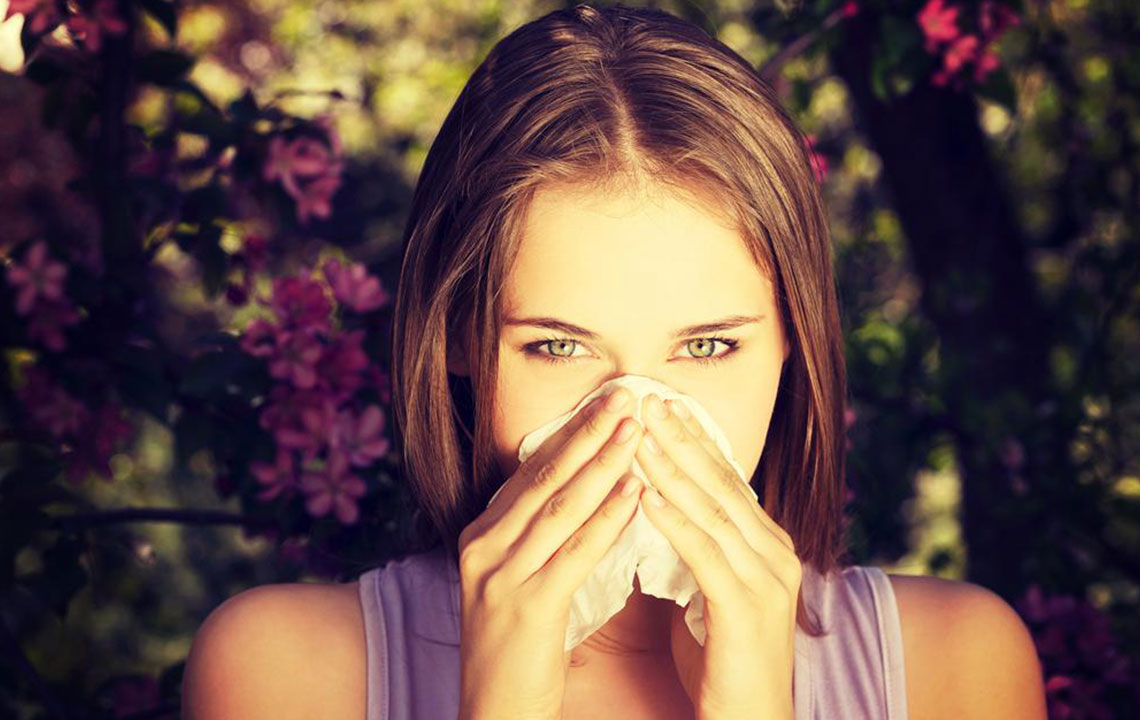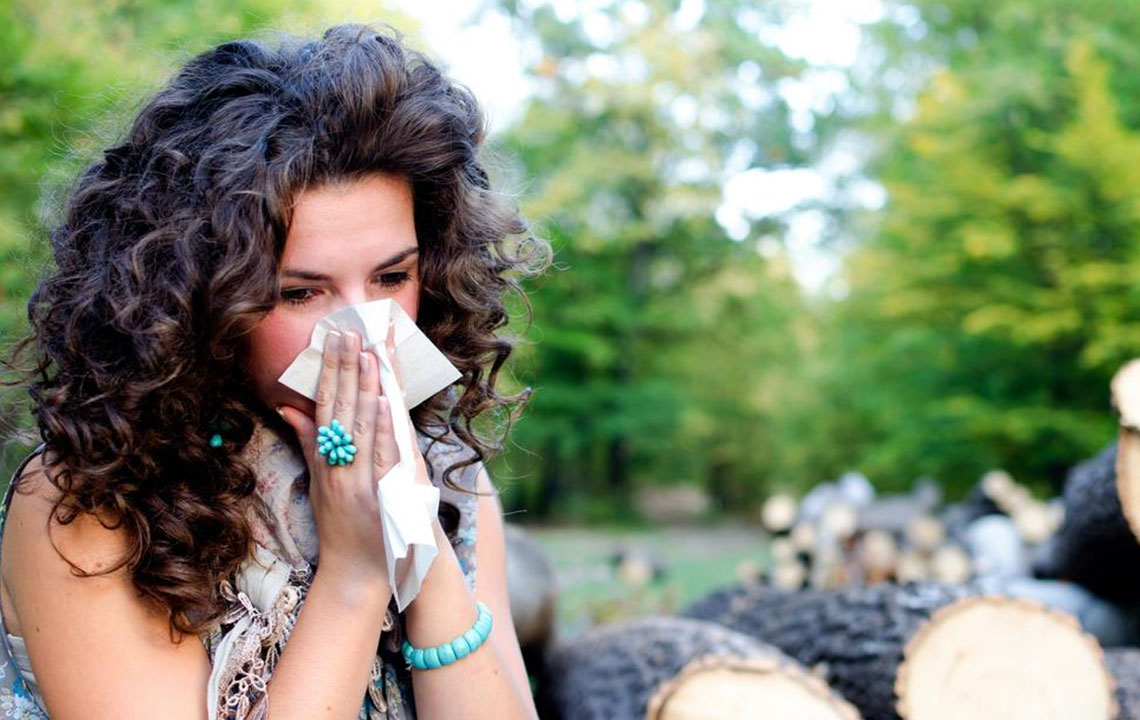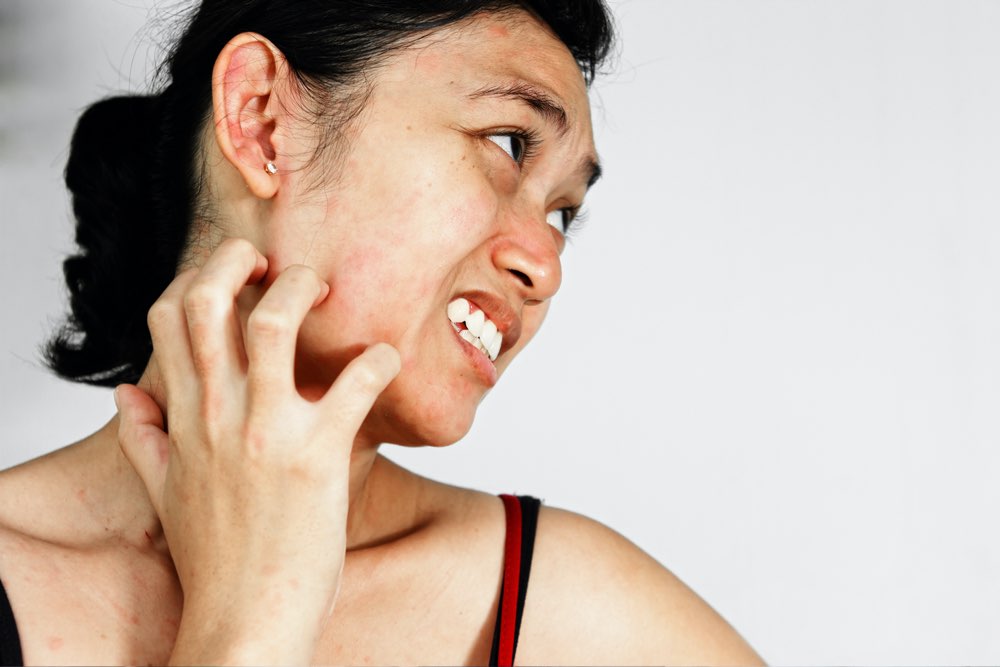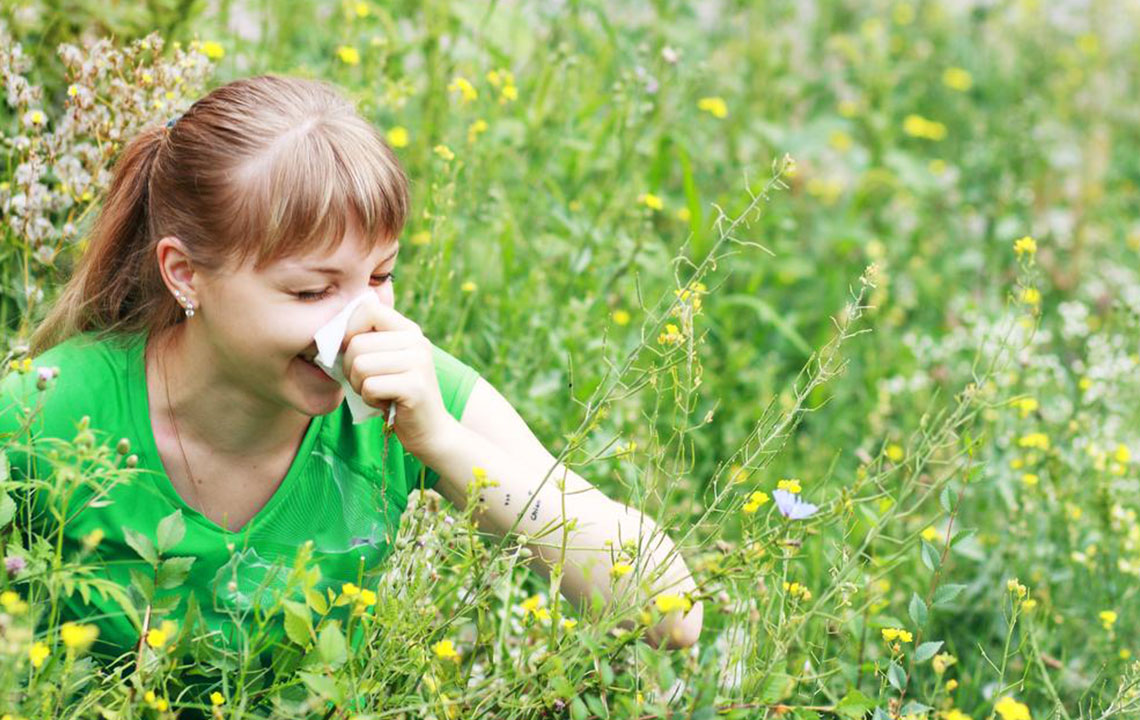Comprehensive Guide to Effectively Managing Seasonal Allergy Symptoms
This comprehensive guide provides effective strategies to manage seasonal allergy symptoms, including allergen identification, protective measures, indoor air quality improvements, outdoor activity planning, and pet care. Implementing these practical tips can significantly reduce allergy suffering and enhance daily comfort during allergy seasons.
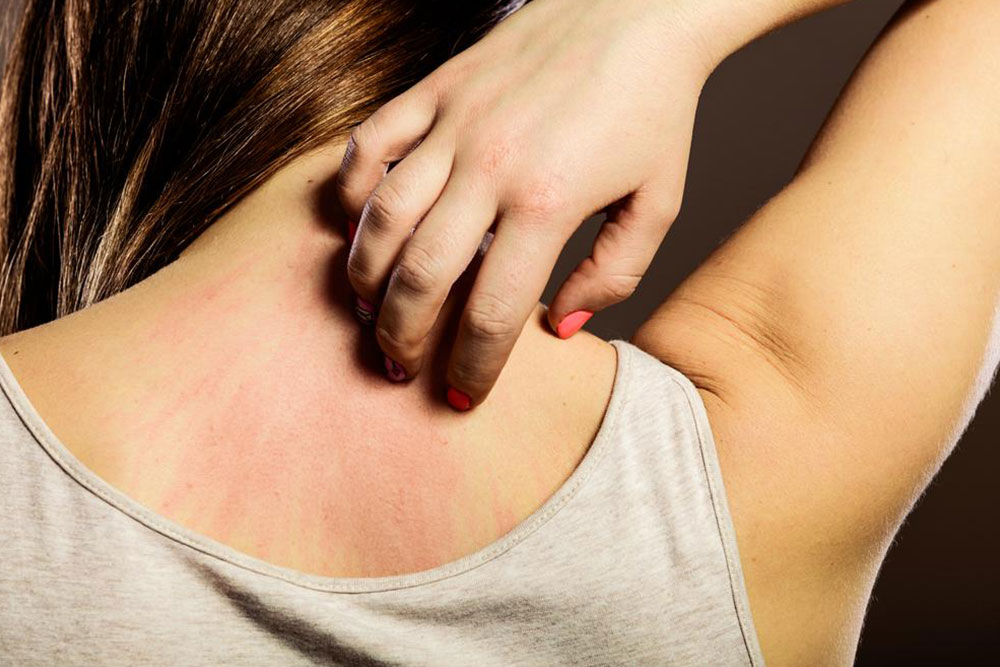
Comprehensive Strategies for Managing Seasonal Allergy Symptoms
Seasonal allergies affect millions of individuals across the globe, particularly during certain times of the year like spring, summer, and fall. These allergic reactions are typically triggered by airborne allergens such as pollen, mold spores, and other environmental particles. Common symptoms include constant sneezing, a persistent runny or congested nose, itchy and watery eyes, and general discomfort that can interfere with daily activities. While there is no absolute cure for seasonal allergies, understanding how to manage and reduce exposure to allergens can significantly improve quality of life and minimize symptoms.
Understanding Your Allergens
The first step in effective allergy management is identifying your specific triggers. The most common seasonal allergens include ragweed pollen, tree pollen, grass pollen, and mold spores. Ragweed, particularly prevalent in late summer and fall, is a major contributor, with its pollen capable of traveling long distances on the wind. This weed often grows in areas near roadsides, empty lots, and open fields, releasing millions of pollen grains into the air daily.
Mold spores are another significant allergen, especially during humid and rainy seasons. Mold proliferates in damp environments such as basements, bathrooms, and areas affected by flooding or water leaks. Heavy rain encourages mold growth and increases airborne spore counts, correlating with heightened allergy symptoms during wet spells. Recognizing these triggers allows individuals to adapt their environment and routines effectively.
Monitoring local pollen and mold levels is crucial. Many weather services and dedicated allergy tracking apps provide daily or hourly updates on allergen counts. This real-time information helps you plan outdoor activities during low allergen periods and reduce exposure during peak times. Areas with recent heavy rainfall or flooding typically see increased mold spore levels, so staying informed can prevent unnecessary suffering.
Preventive Measures to Reduce Exposure
Implementing practical strategies can significantly diminish your allergen burden. One of the most effective methods is using protective gear when venturing outdoors. Wearing a mask, especially a tightly woven fabric or a particulate mask rated for pollen filtration, can prevent inhalation of airborne allergens. Additionally, wearing sunglasses or goggles shields your eyes from pollen, reducing irritation and redness.
Enhancing indoor air quality is vital. Installing High-Efficiency Particulate Air (HEPA) filters in your home's heating and cooling systems traps airborne allergens, providing cleaner indoor air. Regularly replacing or cleaning filters prevents mold and dust accumulation. Using dehumidifiers helps maintain indoor humidity at levels less favorable for mold growth, ideally below 50%. Regular vacuuming with a HEPA-filter vacuum cleaner, coupled with dusting and washing bedding frequently, reduces indoor allergens considerably.
Adapting Your Outdoor Routine
Timing outdoor activities strategically can lessen allergy symptoms. Early mornings usually have lower pollen counts, making this period ideal for outdoor exercise or errands. Conversely, late mornings and afternoons tend to have higher pollen levels, especially sunny, windy days. Planning outdoor activities during low pollen periods minimizes inhalation of allergens.
Before traveling or engaging in outdoor activities, check local pollen and mold forecasts. Planning trips during seasons or times when allergen levels are low can drastically reduce exposure. Wearing protective clothing, such as long sleeves and hats, during outdoor activities helps prevent pollen contact with skin.
Protecting Your Eyes and Skin
Your eyes are especially vulnerable to airborne pollen. Wearing glasses or sunglasses outdoors acts as a physical barrier, preventing pollen particles from reaching your eyes and causing irritation. After outdoor activities, showering promptly helps wash pollen from your skin and hair, which can otherwise be transferred indoors and worsen symptoms.
Managing Allergies in Pets
Pets can carry pollen and mold spores into your home, exacerbating allergic reactions. Regular bathing of pets, particularly those that spend significant time outdoors, removes pollen and minimizes indoor allergens. Grooming pets regularly and keeping their bedding clean can help reduce allergen levels. Additionally, maintaining a pet-free bedroom during peak allergy seasons creates a safer sleep environment.
Additional Tips for Allergies Relief
Over-the-counter antihistamines, nasal sprays, and decongestants can provide relief from persistent allergy symptoms. Consulting an allergist may help identify specific sensitivities through allergy testing and formulate a customized management plan. For persistent symptoms, allergy immunotherapy (allergy shots) offers a long-term solution by desensitizing your immune response to allergens.
Ultimately, managing seasonal allergies involves a combination of environmental control, proper medication, and lifestyle adjustments. Staying informed, taking proactive measures, and working with healthcare professionals will help you enjoy the seasons with less discomfort and more comfort.
